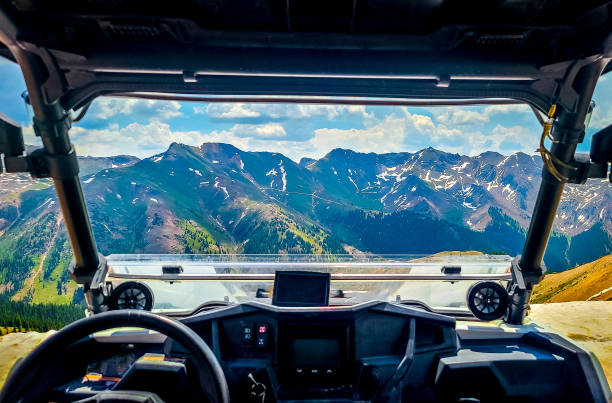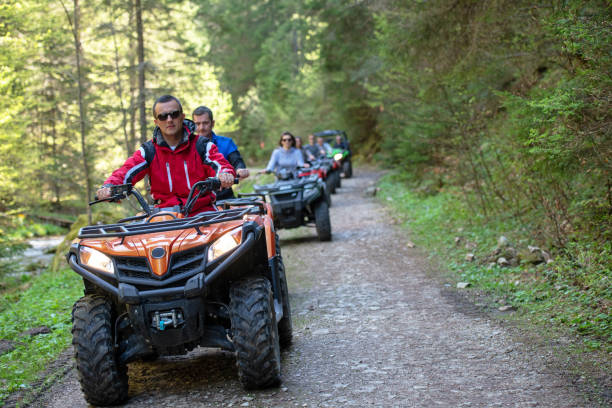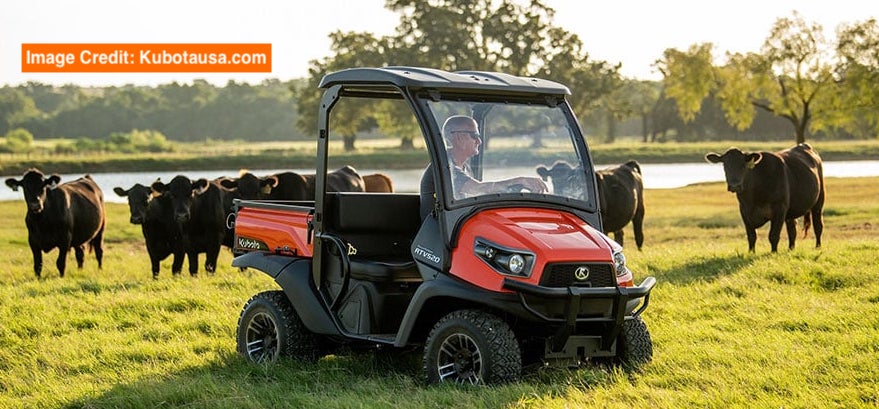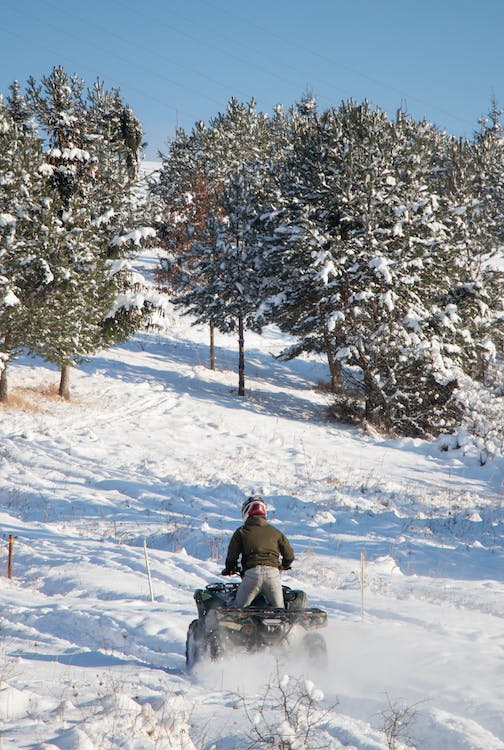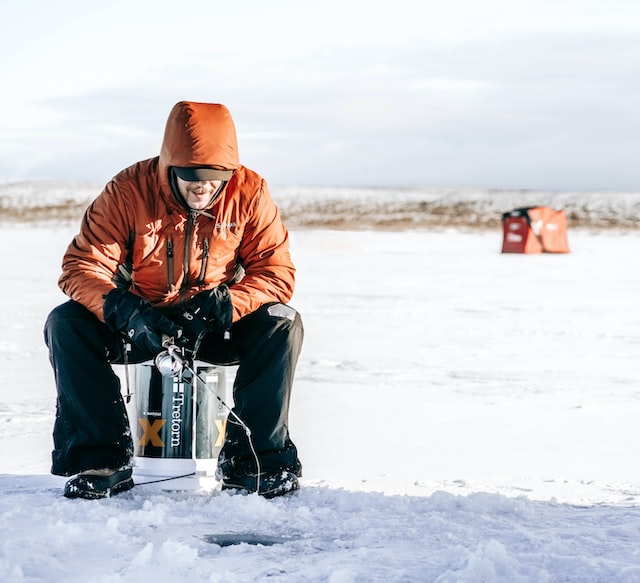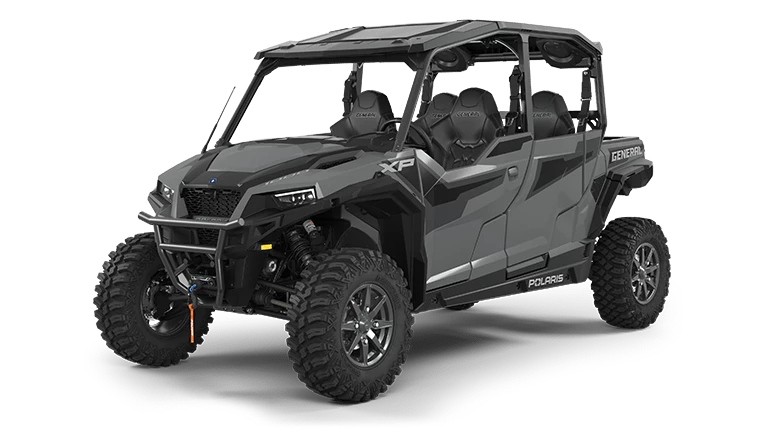As an Amazon Associate I may earn a commission from qualifying purchases at no additional cost to you.
ATV racing and Side by Side competition offer unique opportunities for enthusiasts seeking excitement and advancement in motorsports. Both arenas present their own paths for progression, providing distinct challenges and rewards.
As participants develop skill and expertise, they are often faced with understanding the nuances and demands of each discipline.

The decision between focusing on ATV racing or Side by Side competition involves evaluating factors like skill level, budget, and long-term goals. Each path demands a different approach to training, vehicle maintenance, and competitive strategy, impacting the journey to higher levels of competition.
Participants in both sports find themselves at the intersection of passion and precision. ATV racing offers the thrill of solo performance, while Side by Side competition emphasizes teamwork and coordination. By exploring each avenue’s progression dynamics, enthusiasts can choose the optimal path that aligns with their aspirations.
The Rise of ATV Racing
ATV racing has climbed in popularity due to its dynamic nature and accessibility. Off-road racing history reveals its roots and evolution, while the distinct characteristics differentiate it from other forms of motorsport.

History and Evolution of ATV Racing
ATV racing began in the late 20th century, gaining traction in regions with vast open landscapes. Initially, ATVs were primarily used for agricultural purposes, but their versatility soon attracted sport enthusiasts.
Manufacturers recognized the racing potential, introducing models specifically tailored for speed and agility. The 1980s marked significant progress as organized races gained popularity, drawing dedicated racers and fans.
By the 1990s, official racing circuits emerged. The establishment of governing bodies, like the ATV Association, ensured standardized rules and safety measures. This era paved the way for further growth, setting the stage for modern competitions that feature diverse terrain and challenging obstacles.
Distinct Characteristics of ATV Racing
ATV racing stands out due to its requirement for skilled handling and adaptability across varied terrains. Unlike other motorsports, it often involves uneven surfaces such as mud, sand, and rocky paths, testing both rider and machine.
Compact size and agility of ATVs allow maneuvers that are impossible in larger vehicles, offering a unique thrill. These races demand split-second decision-making and precision, providing an adrenaline-pumping experience.
Race formats incorporate different classes based on engine size and rider age, ensuring diverse participation and competition levels. This inclusivity encourages a broader audience and cultivates a dedicated community of enthusiasts who celebrate both the technical aspects and the competitive spirit of the sport.
Advancements in Side by Side Competition
The world of Side by Side (SxS) racing has seen significant progress, with innovations enhancing performance and dynamics. These advancements influence competitive racing, making it a distinctive field compared to ATV racing.

The Emergence of Side by Sides in Off-Road Racing
Side by Sides have gained prominence in off-road racing over the past decade. Initially seen as utility vehicles, they are now high-performance machines. Manufacturers like Polaris and Can-Am have been at the forefront, producing models designed for speed and durability.
Race organizers have eagerly included SxS categories in events, boosting popularity. Key advancements such as enhanced suspension systems and turbocharged engines have driven their acceptance in competitive circuits. These modifications are crucial for tackling challenging terrains.
Comparing ATV and Side by Side Racing Dynamics
Side-by-Side and ATV racing, while both off-road, display distinct dynamics. SxS vehicles, with their larger size and enclosed cabins, provide more stability. This design allows higher speeds and increased safety for the driver.
Performance in SxS races often focuses on power and durability, whereas ATV racing emphasizes agility and maneuverability. The presence of additional seating in SxS models fosters team-based racing tactics. These aspects set SxS racing apart, offering a unique experience that appeals to a different audience compared to traditional ATV events.
Mechanical Aspects of Racing Vehicles
Mechanical aspects of racing vehicles hinge largely on engine adjustments, suspension systems, and balancing weight with power. Each element plays a crucial role in determining vehicle performance and competitive advantage.
Engine Performance and Tuning
In racing, the engine is the heart of the vehicle, and its tuning directly impacts performance. Engine tuning involves modifications to improve efficiency and power. Electronic Fuel Injection (EFI) systems are crucial for precise fuel delivery, enhancing responsiveness and engine output. Techniques such as adjusting ignition timing and upgrading camshafts can increase horsepower. Engineers often focus on optimizing air/fuel ratio and reducing engine weight to maximize speed and acceleration on the track.
Suspension and Handling
Suspension systems greatly affect a vehicle’s stability and handling. High-performance racing requires suspension setups that allow for greater control and maneuverability. Adjustable shock absorbers and struts are essential to align with different racing conditions. Engineers carefully calibrate suspension components to enhance traction and reduce body roll. These adjustments ensure the vehicle maintains grip and balance while cornering at high speeds, which is crucial for safe and competitive racing.
Weight and Power Considerations
Balancing weight and power is vital in racing vehicle design. Lighter vehicles accelerate faster, but maintaining a balance with adequate power is key. Reducing unnecessary weight through lightweight materials can significantly impact performance. Strategies might include using carbon fiber and aluminum components. Engineers aim to increase power-to-weight ratio, ensuring optimal acceleration without compromising structural integrity. This balance is crucial for achieving quick lap times and gaining an edge in competitive racing environments.
Enhancing Performance Through Modifications
Modifications play a crucial role in maximizing the performance of ATVs and Side by Side (SxS) vehicles in racing. These enhancements often target engines, suspensions, and tires to increase horsepower, improve handling on rugged terrain, and boost overall race efficiency.
Upgrading for Maximum Horsepower
Increasing horsepower can provide a significant competitive edge. Engine mods, such as performance exhaust systems and air filters, help improve airflow and engine breathing.
Turbochargers and superchargers are popular additions to boost power output. Tuning the ECU (Engine Control Unit) can enhance fuel and air mixture for optimal combustion. These modifications can create increased speed and acceleration, essential for racing. While these upgrades improve performance, they require careful installation to maintain reliability.
Suspension Mods for Rugged Terrain
Racing on rough terrains demands superior suspension. Modifying suspension systems ensures a smoother ride, allowing for better control over challenging landscapes.
Upgraded shock absorbers and coilovers increase stability and performance on uneven trails. Adjustments to the suspension travel provide enhanced comfort and handling. Enhancements like A-arms offer improved durability and maneuverability. Fine-tuning suspension systems can significantly reduce vibration and impact during high-speed races, offering racers a balanced and reliable performance.
The Role of Tires in ATV and SxS Racing
Tires are pivotal in racing, affecting grip, speed, and control. Choosing the right tire compound and tread pattern, like those from Maxxis, can enhance traction in diverse conditions.
Wider tires offer better stability, while those with deep treads excel in off-road environments. Regular tire pressure monitoring is vital to maintain optimal performance. Tire selection needs to consider factors such as race environment and vehicle weight. Properly fitted tires contribute to both improved performance and long-lasting reliability, making them essential for any racing strategy.
The Aesthetic of Racing Machines
Racing machines captivate with their sleek designs and striking finishes, setting ATV and Side by Side vehicles apart on the track. The aesthetic extends beyond mere looks, influencing performance through visual appeal and functional design details.
Chrome, Polish, and the Show Factor
Chrome and polish are crucial in enhancing a quad’s allure. Shiny chrome parts draw attention and reflect a commitment to detail, showcasing each vehicle’s unique flair. Carefully polished surfaces emit a professional sheen, underscoring the importance of meticulous maintenance.
Pictures of polished ATVs highlight their aggressive posture and dynamic stance. These images often become marketing tools, as the glossy finish not only reflects light but also reflects a desire for perfection. For enthusiasts and racers alike, a well-maintained exterior speaks volumes about the dedication behind each machine.
Brand and Factory Influence
Brands play a pivotal role in shaping ATV racing and Side by Side competition. Companies like Honda lead the industry with a strong reputation and factory support, while others set standards through sponsorship dynamics and racing teams.
Honda’s Legacy in ATV Racing
Honda has been a prominent name in ATV racing for decades. Its ATVs, known for reliability and performance, have dominated tracks consistently. The TRX series is a staple, praised for its engineering and speed.
Factory support from Honda stands out in the industry. Racers benefit from a network that provides technical expertise, parts, and upgrades. This backing ensures that competitors using Honda machines have an edge, making the brand a trusted choice for both veteran racers and newcomers. The influence of Honda’s innovation and commitment is evident in racing outcomes and brand loyalty among competitors.
Support and Sponsorship Dynamics
Support and sponsorship dynamics heavily influence competition in both ATV and Side by Side racing. Factory-backed teams enjoy not just financial support but also early access to new technologies and parts. This gives a competitive edge, as seen with brands like Honda and the popular Raptor series.
Sponsorships often determine the resources available to a racing team. The backing from a brand can make a significant difference in a team’s ability to compete at the highest levels. Riders with strong sponsorship partnerships often have a clear advantage, making these relationships crucial for success. The intersection of brand influence and racing team dynamics is a key aspect of modern racing.
Cultural Impact and Community
Off-road racing, including ATV and Side by Side competitions, plays a crucial role in shaping the culture of participants and fans. These events foster strong community bonds and promote engagement through shared experiences and mutual support.
Racing Culture and Community Engagement
The dynamic world of off-road racing thrives on community involvement.
Participants and spectators often form tight-knit groups, united by their passion for vehicles like ATVs and Side by Sides.
Racing enthusiasts exchange expertise, tips, and stories, forging connections that transcend geographical boundaries.
Events such as the San Felipe 250 and Trophy Truck races serve as cultural hubs where relationships are nurtured.
These gatherings stimulate local economies by attracting visitors who, in turn, contribute to the growth of businesses.
Shared activities like group trail rides, maintenance workshops, and social media groups further enrich the racing culture, encouraging a sense of belonging.
Notable Events in ATV and Side by Side Racing
Annual racing events are central to the off-road racing community’s vitality.
Renowned races like the San Felipe 250 remain pivotal in showcasing the skills of drivers while highlighting advancements in vehicle technology.
These events draw international participants and media attention, significantly raising the profile of the sport.
ATV and Side by Side races often coincide with expos, competitions, and vendor showcases. This allows enthusiasts to explore the latest equipment and participate in skill demonstrations.
Events like the Trophy Truck races highlight the competitive spirit, pushing vehicles and racers to new limits. These experiences are pivotal in cultivating a culture of perseverance and innovation within the community.
Cross-Discipline Comparisons
In the world of off-road racing, comparing ATVs to mountain bikes involves analyzing both vehicle capabilities and endurance challenges. Each sport offers unique dynamics, performance requirements, and skill sets for racers.
ATV vs Mountain Bike Off-Road Racing
Performance and Speed
ATVs and mountain bikes present contrasting dynamics in speed and performance.
ATVs have powerful engines, providing swift acceleration and the ability to tackle rough terrains. Their structure requires riders to manage weight distribution carefully.
Mountain bikes rely on human stamina, demanding physical endurance and precise handling abilities. The terrain’s impact on speed varies significantly between them.
Terrain and Challenges
Both ATVs and mountain bikes face diverse trail conditions, but the challenges differ.
ATVs can handle steep hills and muddy paths with ease due to four-wheel power.
Mountain bikers deal with narrow trails, sharp turns, and obstacles that require agility. Each discipline necessitates a specific focus on safety and technical skill development.
Future Directions in Off-Road Racing
Off-road racing is evolving with significant advancements in engineering and new racing disciplines.
These changes are driven by innovations focused on performance, safety, and environmental sustainability.
Innovations and Trends Shaping the Sport
Racing vehicles are increasingly integrating advanced engineering to enhance performance.
Turbocharged and stroked engines are becoming more common, providing increased power and speed.
The incorporation of lightweight materials in dirt wheels and chassis design improves agility and fuel efficiency.
Safety technology is also progressing.
Improved protective gear, such as advanced helmets and suits, provides better protection for riders.
Additionally, electronic stability control systems enhance vehicle safety by reducing rollover risks.
Sustainability is another crucial trend, with electric and hybrid powertrains gaining traction in off-road competitions, mitigating environmental impacts while maintaining racing excitement.

